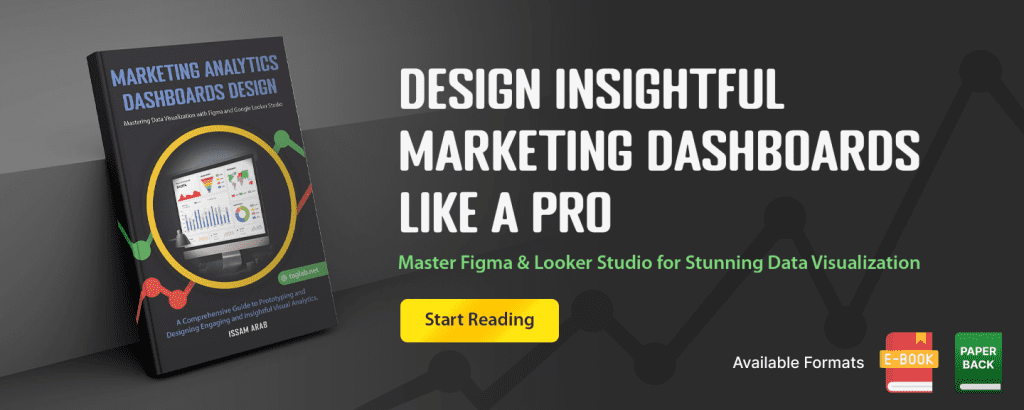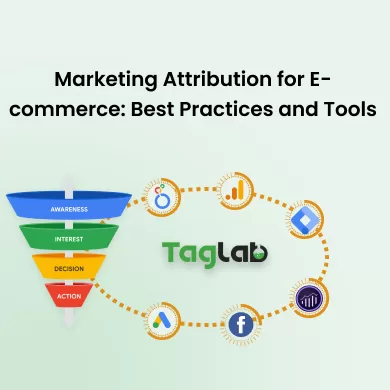Your cart is currently empty!
Data Layer Best Practices and Data Validation Software
Businesses rely heavily on acquiring and analyzing online user data to make educated decisions and drive success in today’s data-driven environment. The Data Layer is a critical component that plays an integral part in this process. This article delves into recommended practices for the Data Layer, implementation methodologies, and the importance of data validation tools in assuring accuracy and reliability.
What is a Data Layer?
Starting with a fundamental knowledge of a Data Layer before getting into the best practices and validation. A Data Layer is a JavaScript object or array that lives within the source code of a web page in web development and analytics. Its major purpose is to collect and store information about user interactions, events, and page attributes.
This data is subsequently made available to various analytics platforms for study and reporting, such as Google Analytics or Adobe Analytics. The Data Layer serves as a link between your website and your analytics services, allowing for the smooth flow of data. It enables organizations to obtain useful insights into user behaviour, track conversions, and optimize their online presence when implemented appropriately.
Data Layer Implementation Best Practices
To ensure data accuracy, consistency, and reliability, implementing a Data Layer involves careful planning and adherence to best practices. Consider the following Data Layer best practices:
- Define a Clear Data Model: Create a clear and structured data model before creating a Data Layer. Determine the data categories you need to collect, such as page views, events, e-commerce transactions, or custom interactions. This is a critical step in organizing and standardizing your data.
- Standardize Naming Conventions: Create naming conventions for your Data Layer variables that are consistent. This guarantees that data is consistent and easy to interpret for both developers and analysts. Avoid using names that are confusing or generic.
- Ensure Data Layer Consistency: Keep your Data Layer structure consistent across all pages of your website. This consistency streamlines the data collection procedure and improves data accuracy.
- Include Relevant Information: Capture essential information, such as user IDs, product IDs, and transaction data, in your Data Layer. This allows for greater in-depth analysis and segmentation.
- Test Thoroughly: Test your Data Layer implementation thoroughly before deployment to confirm that data is being captured correctly. Validate that the required data pushes to the Data Layer are triggered by events and interactions.
- Document Your Implementation: It is critical to document your Data Layer implementation properly. Include information about the variables, events, and triggers used to help your team understand and maintain the implementation.
Role of Data Validation Software
It is critical to ensure the accuracy and dependability of your Data Layer implementation. This is where data validation software can help. Data validation software, often known as a Data Layer checker or Data Layer validation tool, scans and validates the integrity of your Data Layer in real-time.
- Data Layer Validation: Data validation software evaluates your Data Layer on a continual basis to find conflicts, missing data, or errors. It ensures that the data delivered to the Data Layer adheres to the specified data model and naming conventions.
- Detection of flaws: Any inconsistencies or flaws in your Data Layer implementation can result in erroneous analytics reporting. Data validation software detects these flaws early, allowing you to correct them as soon as possible.
- Real-time Alerts: Several data validation technologies provide real-time alerts and notifications when abnormalities or errors are found in the Data Layer. This proactive strategy allows for prompt corrective action.
- Data validation software can also ensure that your Data Layer complies with privacy standards such as GDPR and CCPA. It detects the presence of sensitive information and alerts the user to potential compliance issues.
- Automation: Our automated bots perform quick and regular checks on key metrics and KPIs, reducing reliance on Q/A testers and automation engineers. This streamlined approach, powered by data validation software automation, strengthens the integrity of the data layer. Quick, efficient, and accurate, it guarantees data reliability, enabling businesses to make informed decisions based on valid, trustworthy data.
Benefits of Data Validation Software
Including data validation software in your Data Layer strategy has various advantages:
- Improved Data Accuracy: By regularly monitoring and validating your Data Layer, you can be confident that the data obtained is correct and dependable, allowing you to make better decisions.
- Improved Data Quality: Data validation software aids in the maintenance of high data quality standards by preventing errors and inconsistencies from interfering with your analytics.
- Cost and time savings: Detecting Data Layer errors early minimizes the time and resources required for manual data quality checks and troubleshooting.
- Compliance Assurance: Ensure that your Data Layer complies with privacy standards, reducing the risk of fines and issues linked to compliance.
- Improved User Experience: Accurate data gathering leads to improved user experiences since data-driven modifications to your website or app may be made based on trustworthy findings.
A well-implemented Data Layer is the foundation of trustworthy and actionable insights in the realm of data analytics. Best practices for the data layer and the integration of data validation tools play a critical role in assuring the correctness and integrity of the collected data. By adhering to these best practices and leveraging the power of data validation technologies, businesses can confidently navigate the digital landscape, making data-driven decisions that promote success and growth.
[smart_post_show id=”16588″]

Latest Posts



